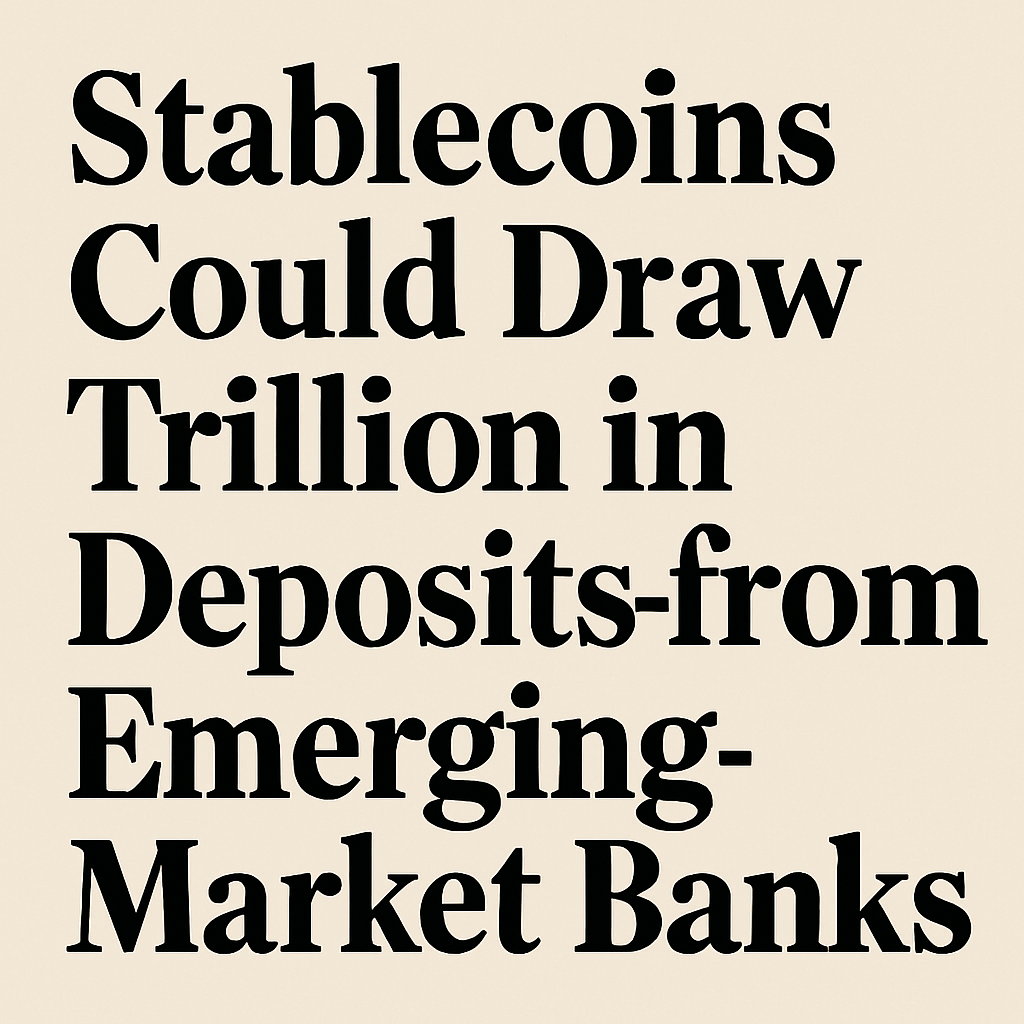Potential Impact on Traditional Banking
According to Standard Chartered research, stablecoins could divert up to $1 trillion in deposits from banks in emerging markets by 2028. This shift is driven by depositor preference for stable value and blockchain accessibility, even without yield incentives. Countries at highest risk include Egypt, Pakistan, Bangladesh, Sri Lanka, Turkey, India and Kenya, where total deposits amount to roughly $50 trillion, making the projected outflow equivalent to 2% of aggregate deposits.
Drivers of Stablecoin Adoption
Depositors in high-vulnerability markets prioritize capital preservation amid local currency depreciation and limited banking services. Stablecoins, pegged to major fiat currencies, offer a perceived haven without requiring traditional bank intermediation. Accessibility via mobile wallets and decentralized platforms further bolsters adoption, bypassing restrictive financial infrastructure and regulatory hurdles.
Regulatory and Infrastructure Considerations
Widespread stablecoin use raises policy questions regarding financial stability, consumer protection and cross-border payment frameworks. Emerging market regulators face the challenge of integrating stablecoins into existing banking regulations while mitigating systemic risk. Infrastructure enhancements—such as on-chain identity verification and regulatory reporting tools—are essential to address compliance and anti-money laundering requirements.
Outlook and Recommendations
Banks in at-risk markets may need to innovate by integrating stablecoin services, offering tokenized deposit products or partnering with blockchain firms to retain customer deposits. Retail and institutional users are likely to adopt hybrid models combining traditional banking services with digital asset exposure, reshaping the competitive landscape of global finance.

Comments (0)